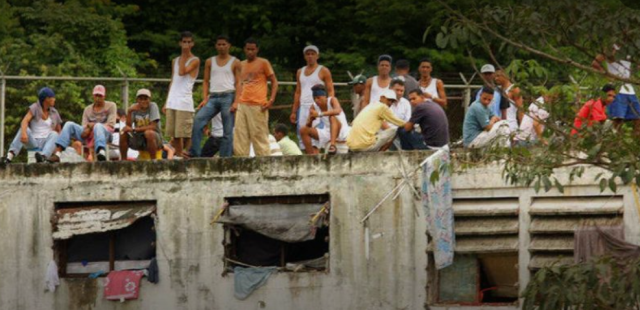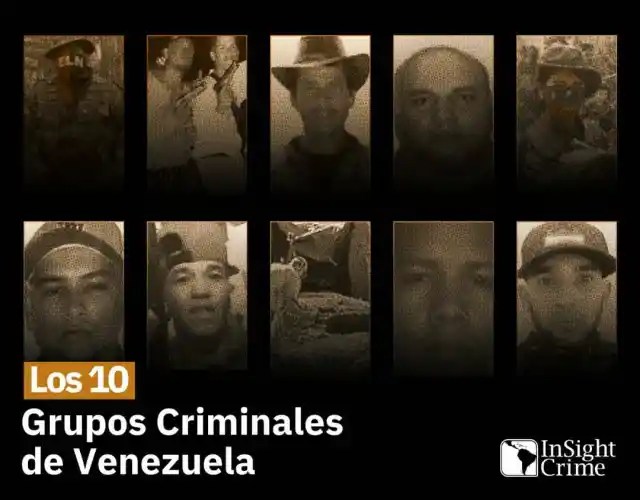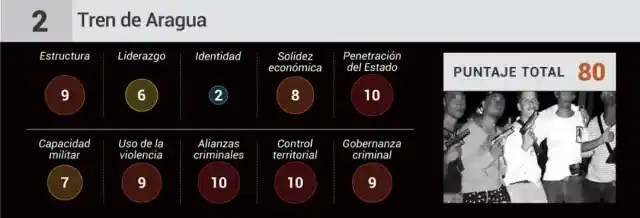
The Venezuelan Observatory of Organized Crime, an NGO devised by Insight Crime (IC) presented the profile of more than 30 criminal groups operating in Venezuela, among which the “Tren de Aragua” mega gang stands out. A criminal organization that has expanded beyond Venezuelan borders and become a transnational criminal group with continental reach.
By Correspondent
This information was disclosed to lapatilla.com by the co-director of IC, Jeremy McDermott this Thursday, February 23rd, in an exclusive interview.
He explained that the “Tren de Aragua” is a transnational mega gang not because of drug trafficking throughout Latin America, but rather because it takes advantage of Venezuelan emigrants who flee the country in search of a better life.
McDermott’s statement arose regarding the new tool of the Venezuelan Organized Crime Observatory, which is the result of more than a decade of investigative work by Insight Crime in the country, and which was created in order to monitor the accelerated development of criminal structures.
The Venezuelan Organized Crime Observatory is conceived as a one-stop shop for all aspects of criminal dynamics in Venezuela.
Its purview is aimed at all social actors, from policy makers, academics and journalists, up to the general public, interested in truly understanding the complex criminal landscape of Venezuela today.


“It took us about six months to set up the website, although at this moment it has more than a year of events and cartography, something that we are going to continue expanding every week.”
The Venezuelan Organized Crime Observatory has an interactive map created with the intention of presenting researchers around the world with 17 variables that allow users to see the evolution of organized crime groups over time and the Venezuelan geography. This which will allow scholars of the subject the opportunity to compare the different criminal economies, their overlaps and patterns.
For McDermott, the detailed methodology implemented to create this specialized tool about criminal groups seeks to measure and compare the strength and sophistication of these criminal structures, not only in Venezuela, but throughout Latin America and the Caribbean.
“We want, through the Observatory, the mapping, the articles and research, to tell the story of the evolution of organized crime in Venezuela, its current situation and what could happen in the future,” said McDermott.

